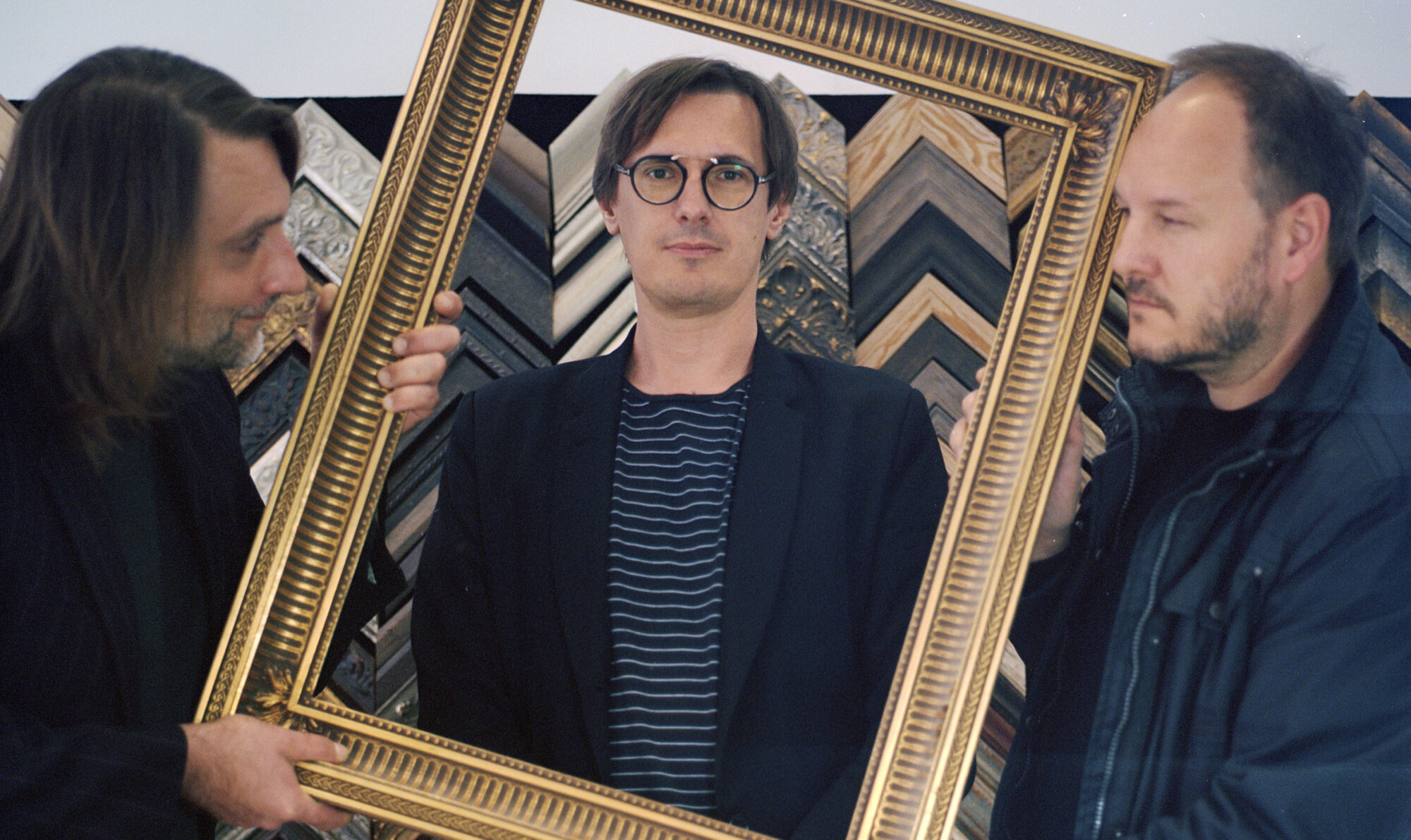Nylon Union | Interview | New Album, ‘Words And Waves’
Nylon Union is an alternative rock / shoegaze project coming from Slovakia that recently released the ‘Words And Waves’ album.
Slovakia-based project mixing psychedelic noise, shoegaze roots into art pop. Subtle vocals and guitar walls reminiscent of My Bloody Valentine, Spiritualized and Pale Saints anchored into contemporary electronica beats & loops comparable to Andy Bell’s post-Ride solo work. ‘Words and Waves’ rotates a words-disappearing-in-a-complete-silence leitmotif.
Nylon Union debuted in 2001 with the ‘Oxeyed’ EP, followed by a hiatus after recording their first album ‘Sine Sine’. Resuming their activity almost two decades later, Nylon Union released three experimental albums, ‘Undisclosed Grounds’ (2018), ‘Into Waters Islands Dreams’ and ‘Creatures Come’ (2019). Richard Imrich, the frontman of Nylon Union, has been one of the main songwriters on award-winning electronic project Autumnist.
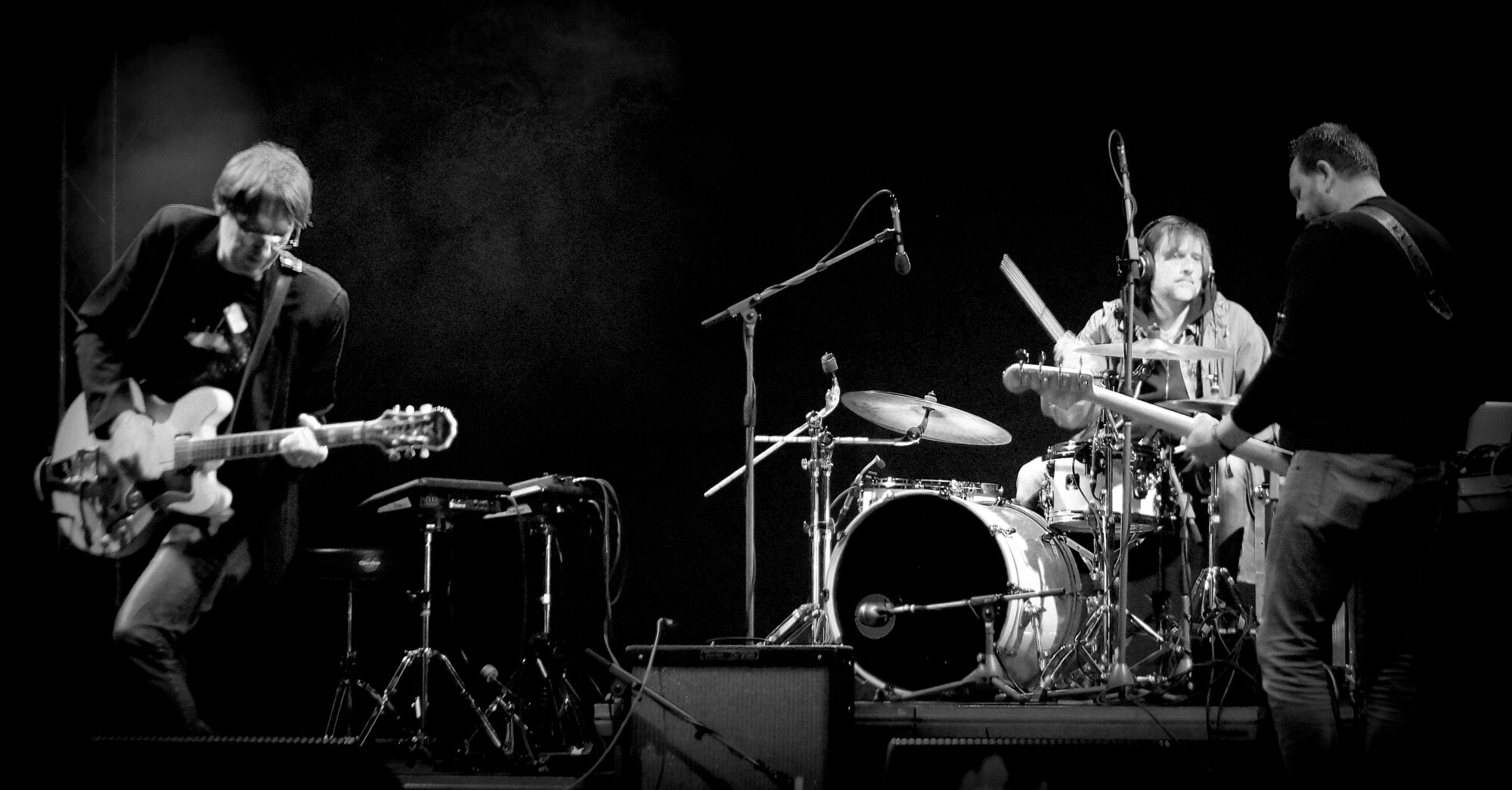
“Absorbing whatever went along and somehow transforming it into pop music form”
How would you describe your sound?
Richard Imrich: For many years our sound has been described as creamy, with lush guitar layers, topped with gritty analogue synths, subsuming vocals, all propelled by beats and loops. My guitar setup is very simple: Sheraton II semi-hollow guitar plugged directly into a Vox AC30 amp. Instead of relying on various guitar effects, I try to leverage string resonances in open tuning. So two MS20 analogue oscillators clash with each other. My vocals tend to be soft with an inherent dreamy quality and I prefer them to be buried in this guitar/synth goulash for a final mix.
Would you like to talk a bit about your background?
Reflecting on the past, my life has always been oscillating between medical research and music since starting natural sciences and later medical school in the early 90s. Before that we had a high school band called This Is Kevin influenced by British shoegaze and Madchester scenes. Around the time we moved away from our hometown of Poprad to university in Bratislava, electronic music exploded, with new genres such as jungle, techno, or IDM popping up. Suddenly, our guitar-based music sounded dated. This Is Kevin band mate Roman Ferianc jumped on the electronic music train quickly; he gave up on studies, found a job, invested into a good synth and a computer, and started making great songs on his own. My spare time for music, however, became very limited, and decided to leave the band during recording of the first album. We also diverged in our musical tastes, while he dived into spirituality-influenced ECM stuff such as Harold Budd, I was discovering roots of repetitiveness and its psychedelic quality in pop music absorbing anything from minimalism of Steve Reich, hypnotic grooves of krautrock pioneers Can and Neu!, Warp records stars Aphex Twin or Autechre, to obscure psychedelic rock bands such as The 13th Floor Elevators. The first This is Kevin album ‘Slowly To The Sun’ became a really big thing in Slovakia and Czechia, and a single ‘To Pasteur’ made it to a 120 minutes show on MTV. Paradoxically, the main hook of the song is a sample “little bubbles growing and dividing,” which Roman recorded from a TV series about legendary immunologist Louis Pasteur.
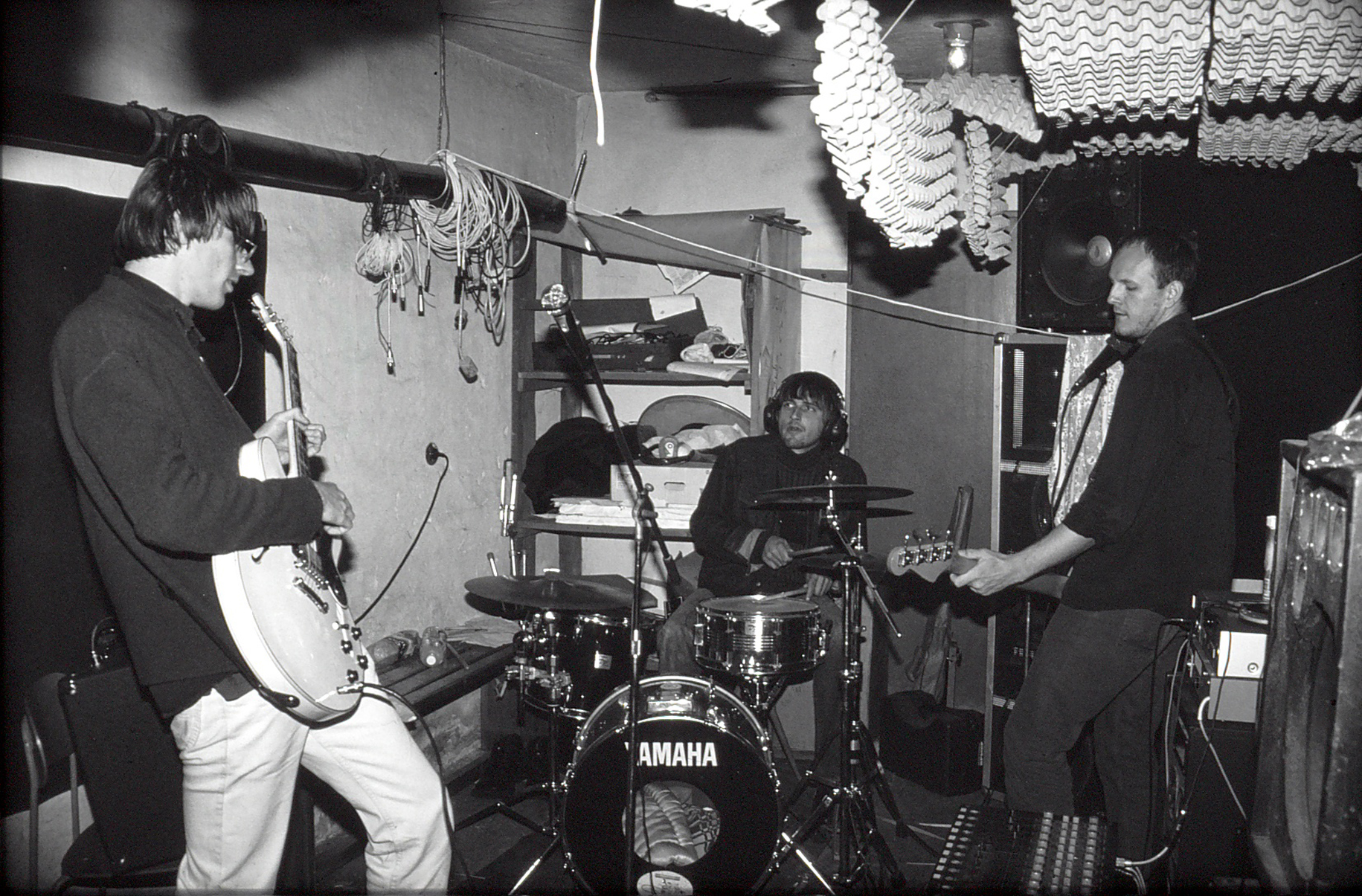
When did you decide that you wanted to start writing and performing your own music? What brought that about for you?
My songwriting habit started sometime in middle school when I was 12 or so. One of the first songs I have ever written was ‘Satisfied’ which appeared on the ‘Sine Sine’ album twenty years later. The process of chasing an idea and then crafting a song around it has become my life-long passion. Since I don’t have any formal musical education, it has always been a very intuitive process, absorbing whatever went along and somehow transforming it into pop music form.
And what led to the formation of the Nylon Union?
While Roman had been successful with This Is Kevin, I was not able to keep pace with him anymore. Nevertheless, my urge to write new songs continued and by the end of the 1990s I had a new demo album ready. Around the time of my graduation from medical school, I met a designer and bass player Martin “Turzo” Turzík at a dorm party and we founded Nylon Union and a record label Deadred Records together.
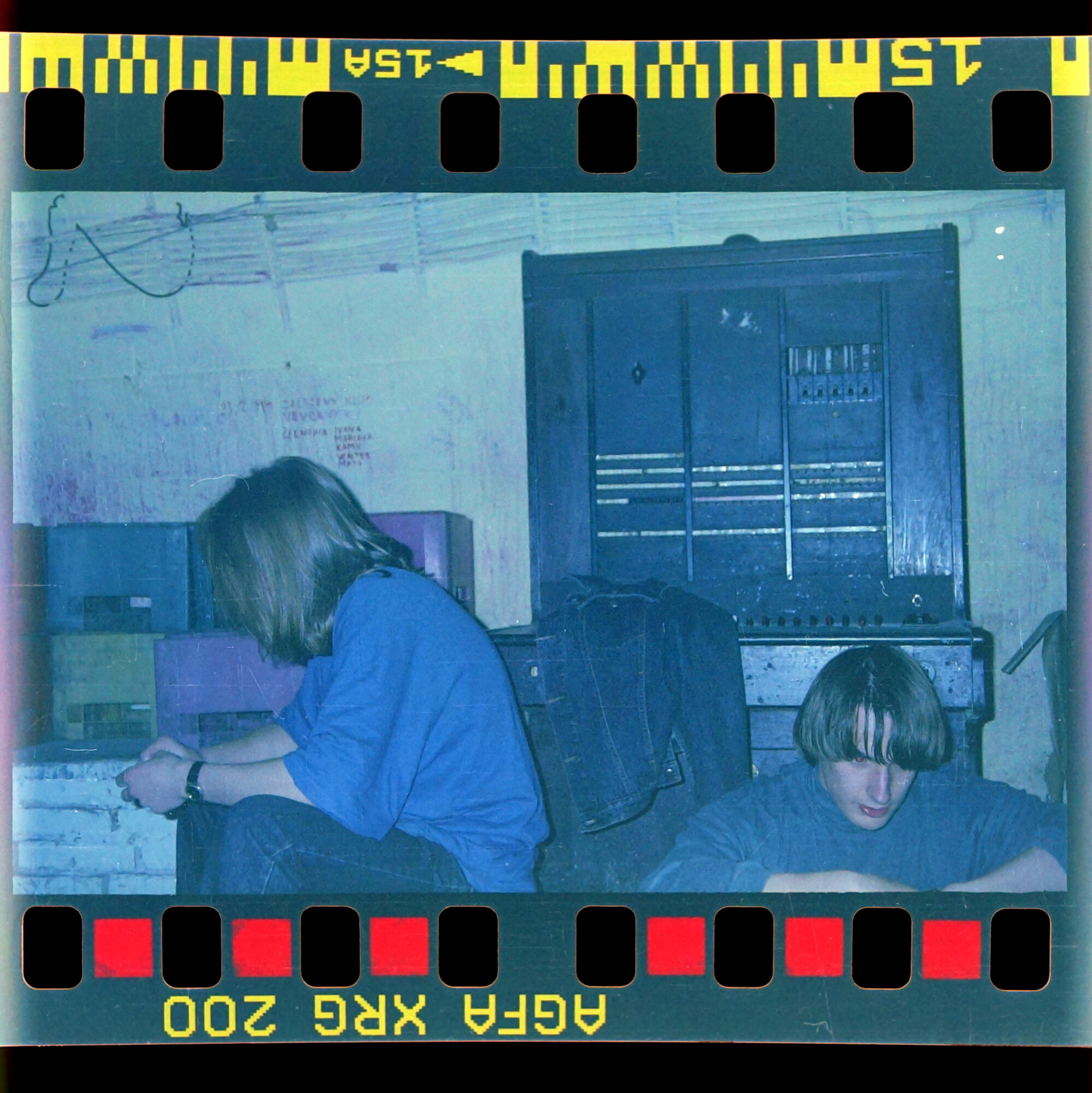
The demo album has become a cornerstone of our first release ‘Oxeyed EP’ (Deadred Record, 2001), and after drummer Matúš “Mates” Homola became a permanent member of the band, of live shows we played between 2001 and 2003. Turzo is an excellent graphic designer and from the very beginning he had a very clear idea about record label visuals and overall philosophy. The first version of the Deadred logo was depicting a man holding a broken flag in the style of 50’s Stalinist era propaganda posters, a parody of totalitarianism our country narrowly avoided during the authoritarian regime of prime minister Mečiar.
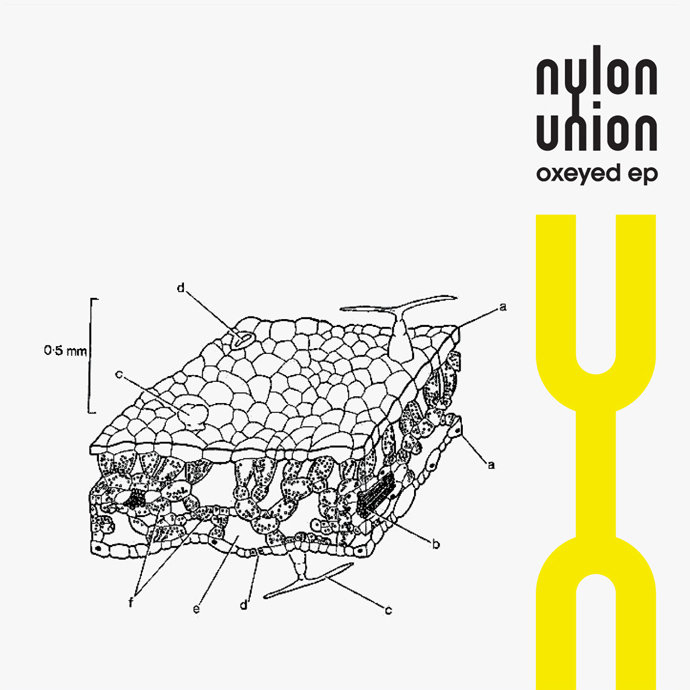
My approach to music was based on mixing the repetitiveness of electronic music with often chaotic guitar sounds and peppered with Beatle-esque pop tunes. The idea was to stay away from nice sounding but generic synths and sample banks insisting that all sounds and loops had to be made from scratch. This do-it-yourself ethos went through all steps of ‘Oxeyed EP’ production, recording, mastering, designing of the cover all completely by ourselves. We spent many nights cutting all 500 CD sleeves by hand, gluing them and packing in kitchen cling film wrap. People from Prague-based Tamizdat distribution sent this homemade 3” CD EP to John Peel and he played it on his show. We also started recording our debut album during this very active period; however, we couldn’t afford to pay for a professional studio. The solution was to recycle the demo and re-record some parts in a local college radio. The studio there was available only after evening broadcast ended at midnight. After a late night recording session and a few hours’ sleep, I had to return to my daily research work in the morning. At that time, I was a PhD student in a clinical research group at the Slovak Academy of Sciences exploring how hormones affect the immune system and development of autoimmunity. During nights and over weekends I was either mixing the album or we toured clubs in Slovakia and Czechia with an electronic project Abuse, later renamed to Autumnist, of our friend Vlado Ďurajka. This constant fluctuation between white coat and smell of spilt beer and tobacco smoke finally came to an end in 2004, when I left Slovakia to do my postdoctoral stay in Brussels and later in the USA. Unfortunately, my departure had a bitter aftertaste for the rest of the band, leaving the debut album unfinished and terminating a fairly promising music career. During the following years my former band mates had become a part of the Autumnist live band, I found myself writing new songs during nights in our Bethesda apartment near Washington DC.
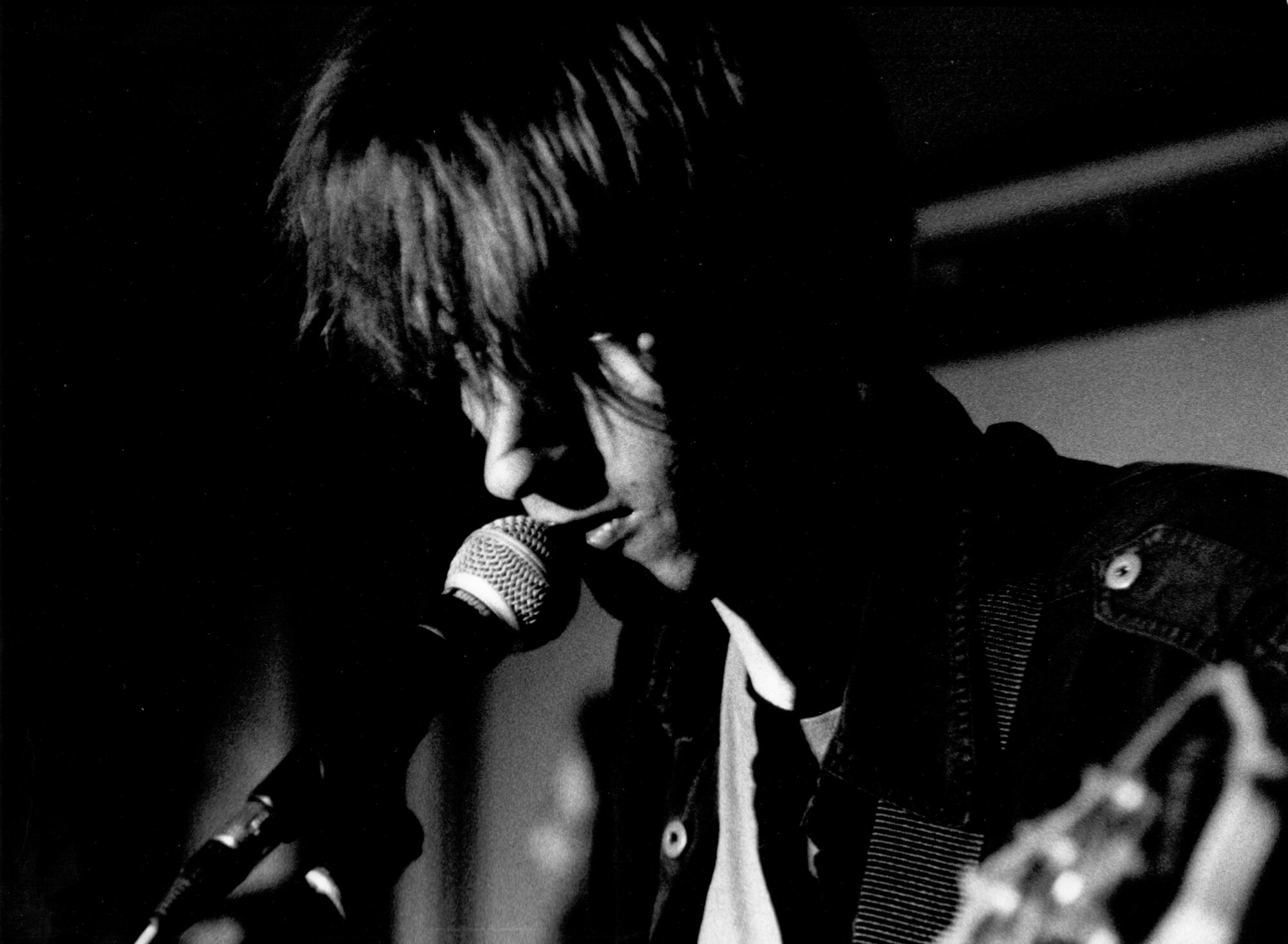
There is not much written about your previous releases and I would love to take this opportunity to ask you about the making of ‘Sine Sine,’ ‘Undisclosed Grounds,’ ‘Into Waters Islands Dreams and Creatures Come’ and ‘Waver’?
After returning back from the US, Mates and Turzo had already moved out of Bratislava to their hometown Trenčín and I was trying to painstakingly save tracks of our debut album from various hard drives and backup CDs in Bratislava. Eventually, our debut ‘Sine Sine’ was released in2013 on Deadred Records; however, discussions about re-forming Nylon Union as a live band, went unfruitful due to various logistic, personal, and family challenges.
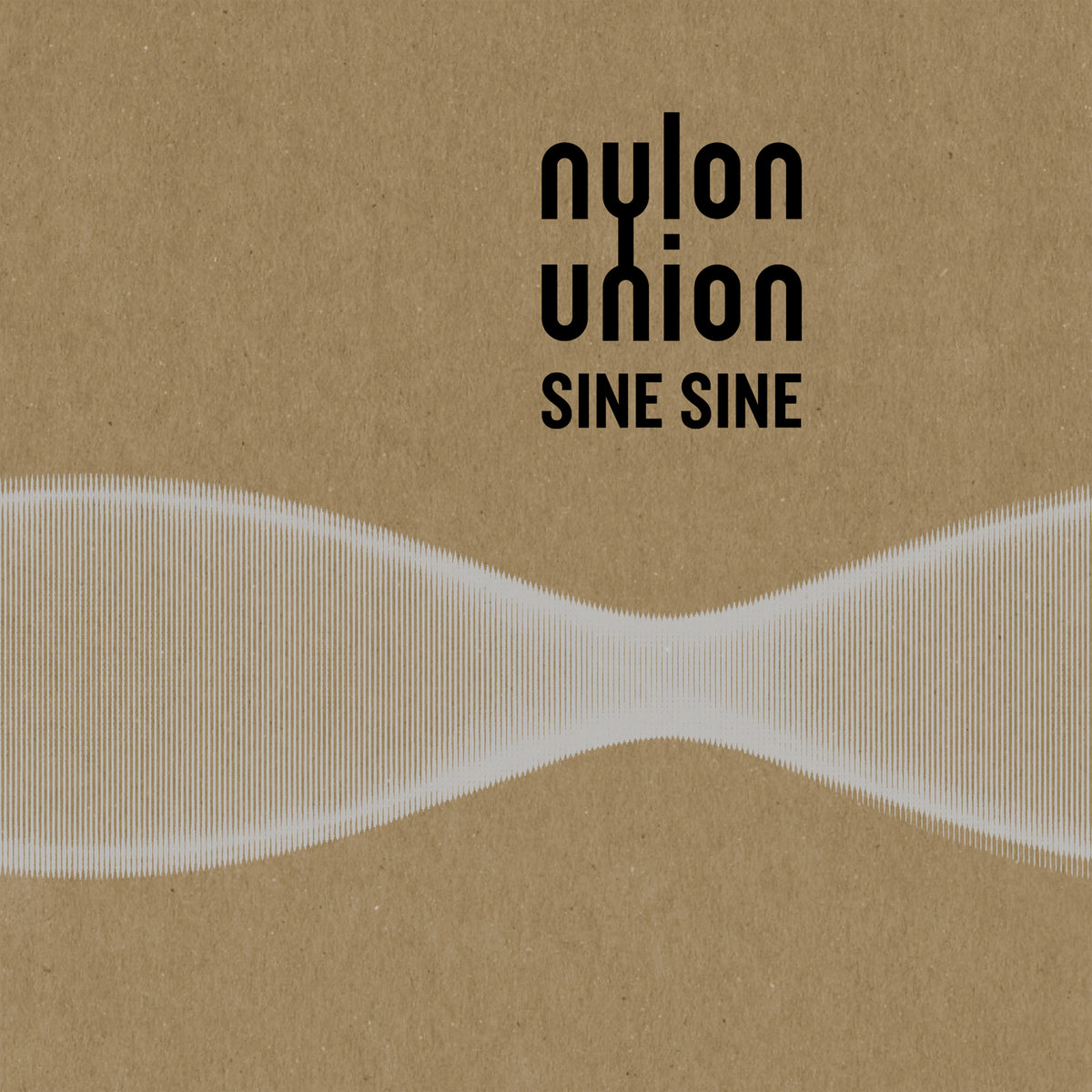
There was a single gig we played after a brief rehearsal on a 10th anniversary Deadred party documenting this era and one Autumnist/Nylon Union mashup song of our friend Karol Mikloš we played live on a Radio Head Awards ceremony, on which Deadred Records received a prize for contribution to music.
Unable to move forward with the band in its previous form, I gradually changed my approach in making music. The first batch of new songs I home recorded after the release of ‘Sine Sine,’ were in Slovak and sounded very 1960s. I even bought a cheap knock-off of Paul McCartney’s violin bass. One of the songs called ‘Len tak,’ the phrase can be freely translated to English as “for no reason at all,” had a bass line which intentionally resembles Paul’s fantastic playing in ‘The Word’ on ‘Rubber Soul’. The idea was to allude to love without explicitly using the word in lyrics. The song has morphed into an opening track ‘The One’ on the latest album ‘Words And Waves’. The track in its new form questions what was the word really about, Plato’s unity, black hole singularity, uncertainty of a quantum physics qubit? This “60s pop” period progressed into a sheer creative madness in summer of 2014. In a span of two weeks, I wrote 12 new songs with self-imposed limit: each song had to be finished in one day including lyrics and had to use a different tuning and must have been based strictly on two chords; one defined by the tuning itself and the second one was a transposition of it up by three semitones. This allowed me to hit the guitar on open strings with my right hand and then use the index finger of my left hand for the second chord. The reason for this weird setup was a painful tendonitis in my left hand. By this coincidence it helped to achieve a certain cohesion among the songs/themes literally oscillating between two chords like a sine wave. Obviously, the manic phase lasting a relatively short time was followed by a period full of questions and doubts. Suddenly, there was silence, not the silence of the unspoken but agonizing emptiness.I didn’t know what to do with the songs. Then I said, “Okay, f*** it, if it asks to be silent, let it be the silence.” From that moment on, it was only a few steps to the idea of “de-popping” those demos, removing any typical elements of pop such as melody line or driving rhythm. All that remained was the background noise, a strumming guitar and long notes of the MS20 synth of album ‘Undisclosed Grounds’ (Vlna Records, 2018).
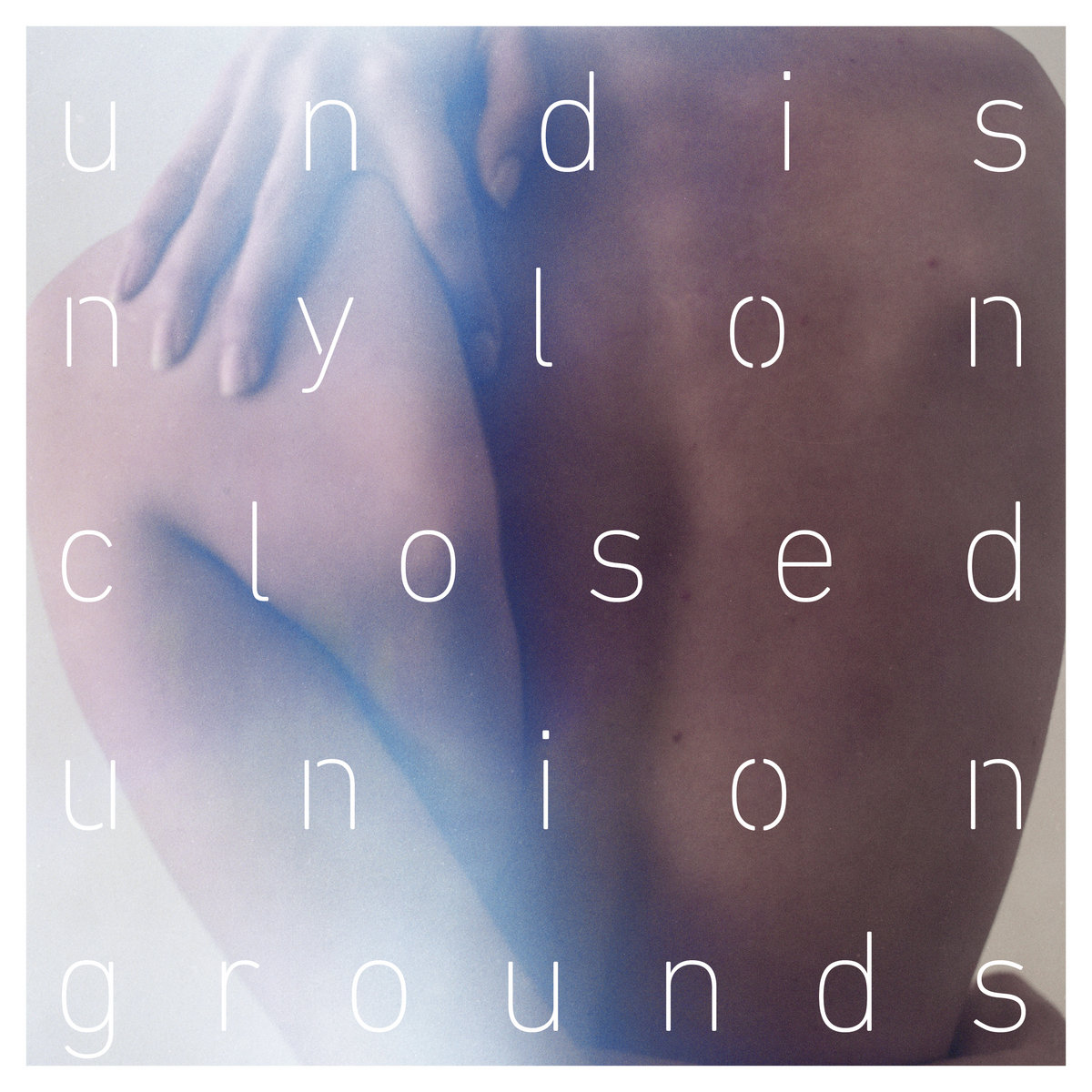
In the subsequent ‘Into Waters Islands Dreams and Creatures Come’ (Vlna Records, 2018) I somehow returned to the traditional song format yet full of drone sounds and ambient soundscapes.
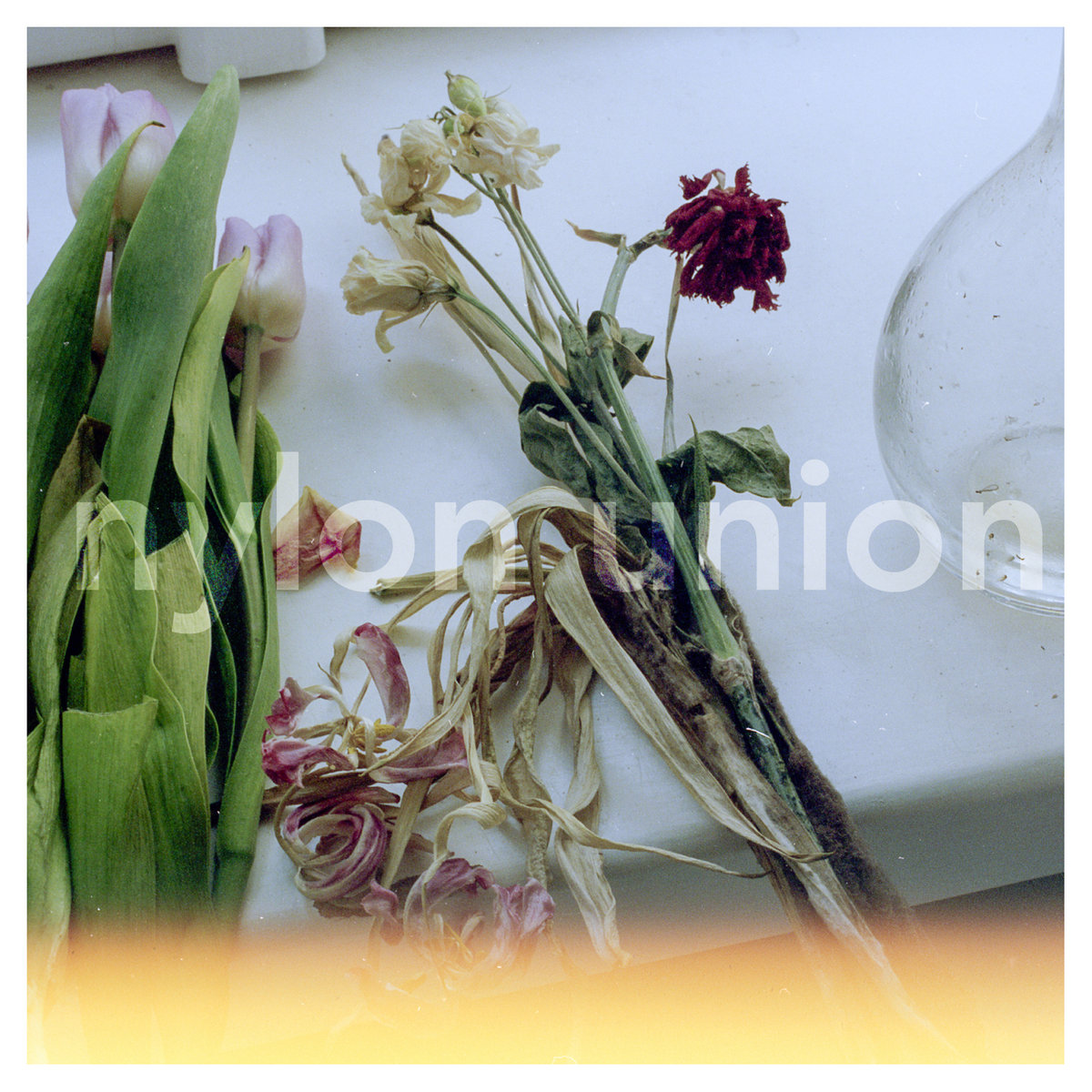
The latter album had one radio-friendly song named ‘Poetry Of Ice’, which has been remarkable for two things. First, I asked Mates to record drums for it, like in the old days, and second, the lyrics were co-written with poet, writer, and publisher Peter Šulej. Unfortunately, I was very busy with finishing one large research project at that time, so there was no real promotion for the two albums except the local press release. Poetry of Ice had received a lot of airplay in our local alternative Radio FM in Slovakia.
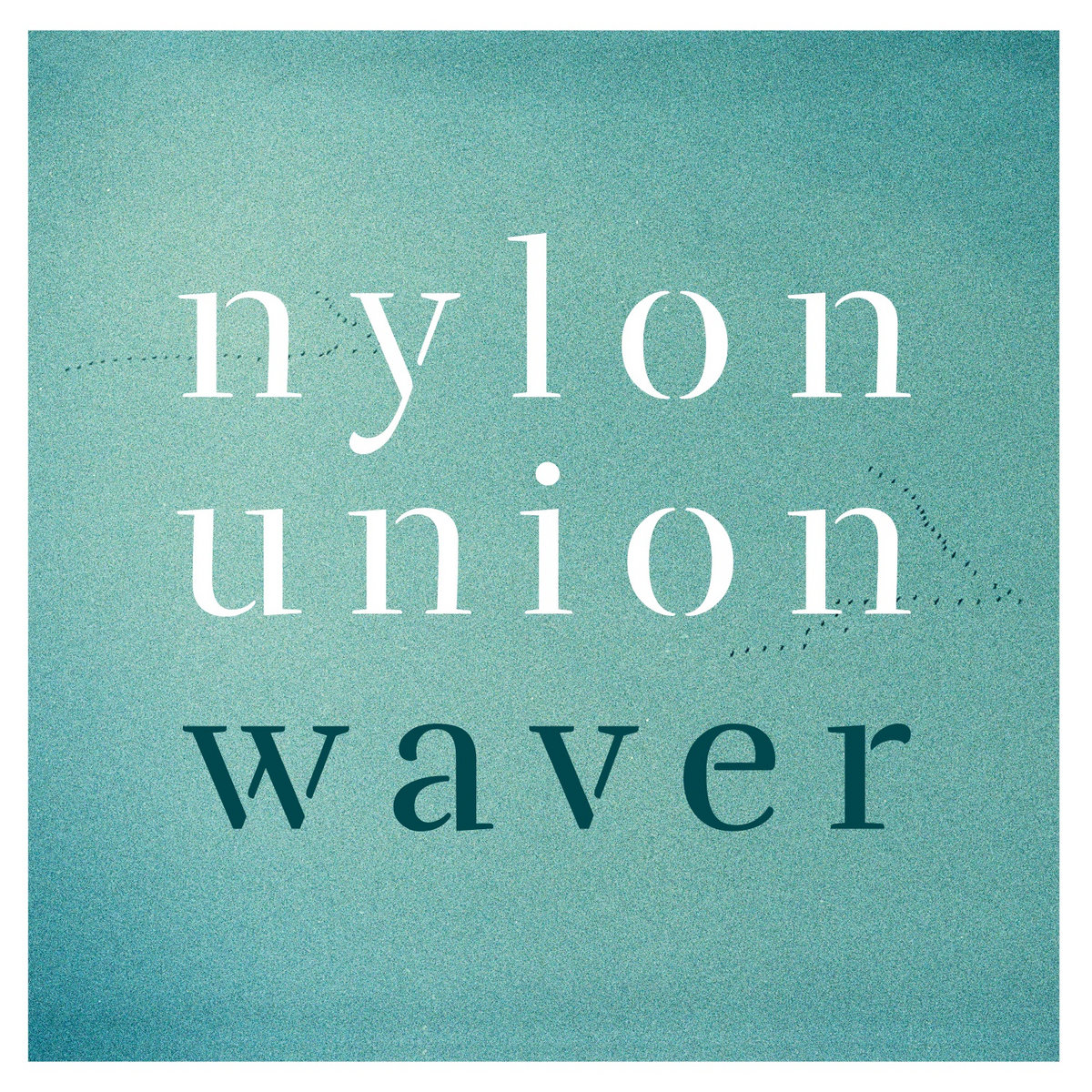
Encouraged by the decent response to the song, Mates, Turzo and I reunited in a studio recording two new songs ‘Waver’ and ‘Praline’. We have also discussed plans to resume playing live and managed to play three gigs before corona scratched all the plans.
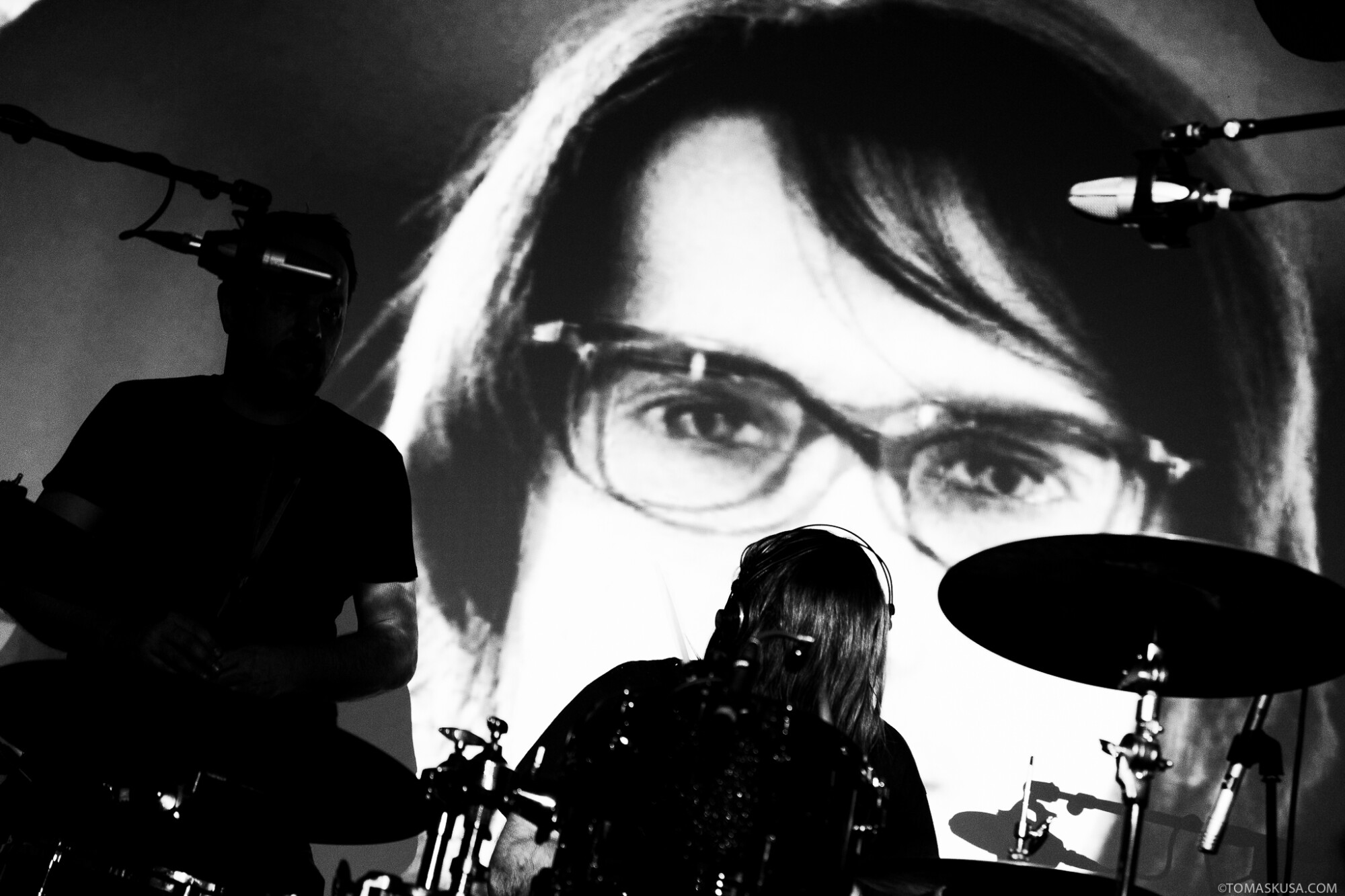
How do you usually approach music making?
I usually start with a chord progression, melody hook or a lyrics fragment. This usually sets the tone and then I really need to continue working on it without any disruption until it forms the new song. Usually, the initial idea is worked out very quickly, within an hour or two. Then I continue with an overall structure and lyrics are added at that point. My collaboration on ‘Poetry Of Ice’ lyrics with Peter was one fascinating experience and we continued with this process on the latest album. Initially, I approached him with a cell phone recorded demo, which presented an idea about having a glass wall between two people as a metaphor for estrangement. When I came to his place, he quickly switched the rather tedious idea into something lighter and more fun by adding references to Philip Glass and the freezing rain. The lyrics were ready in less than an hour. Very quick and effective process.
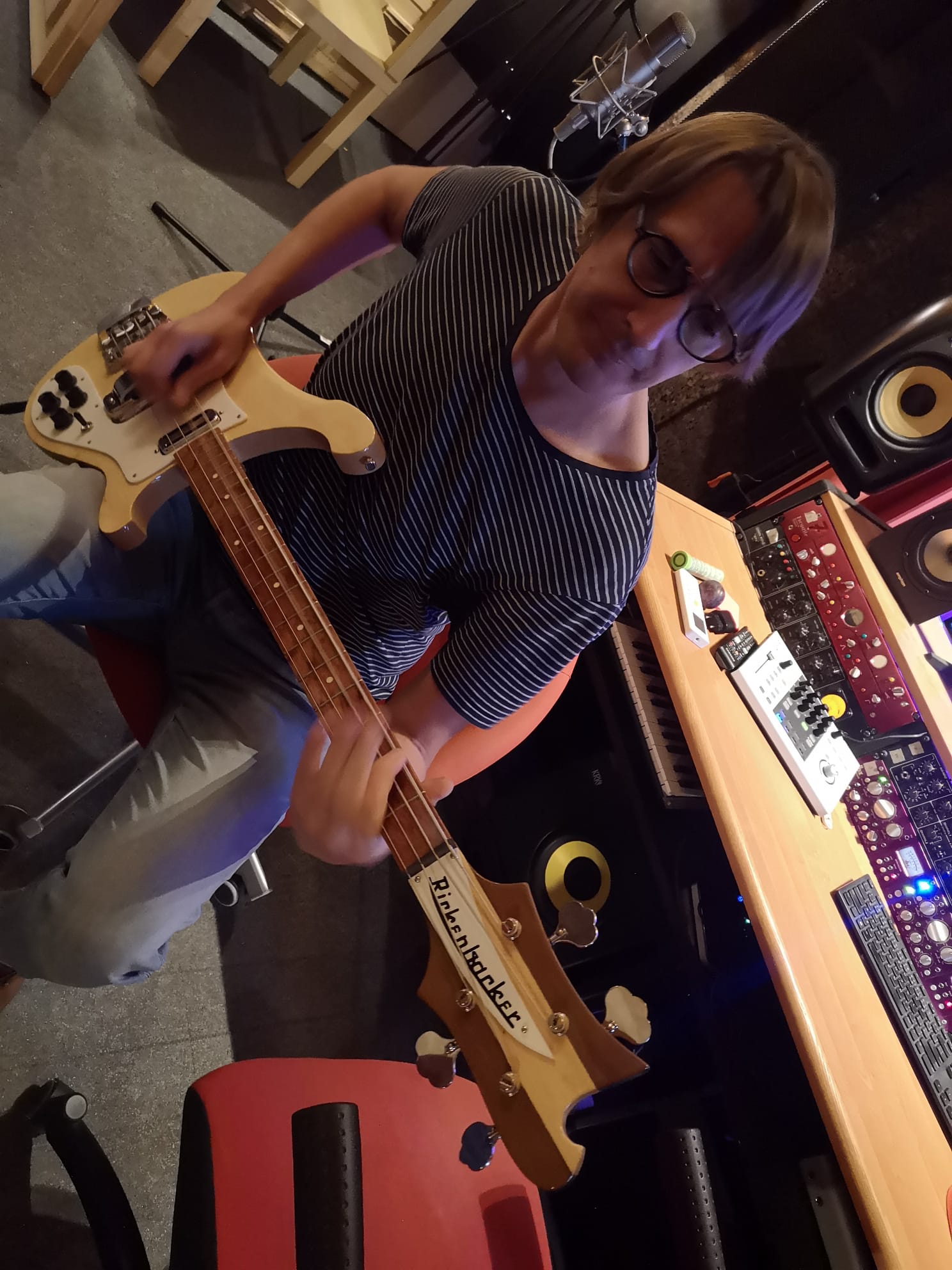
Can you share some further details how your latest album ‘Words And Waves’ was recorded?
In the summer of 2019, when the band reunited for the ‘Waver’ recording session, it really brought us back to the days. Although the songs have a nice vibe, there was that eerie feeling that this is a swan song of the bygone era of Nylon Union, perhaps even a paradigm shift in our society in general. During the session, while Mates was fiddling with mics around his drum kit, ‘Meteovision’ riff and melody burst out of me, basically out of thin air directly in a control room.
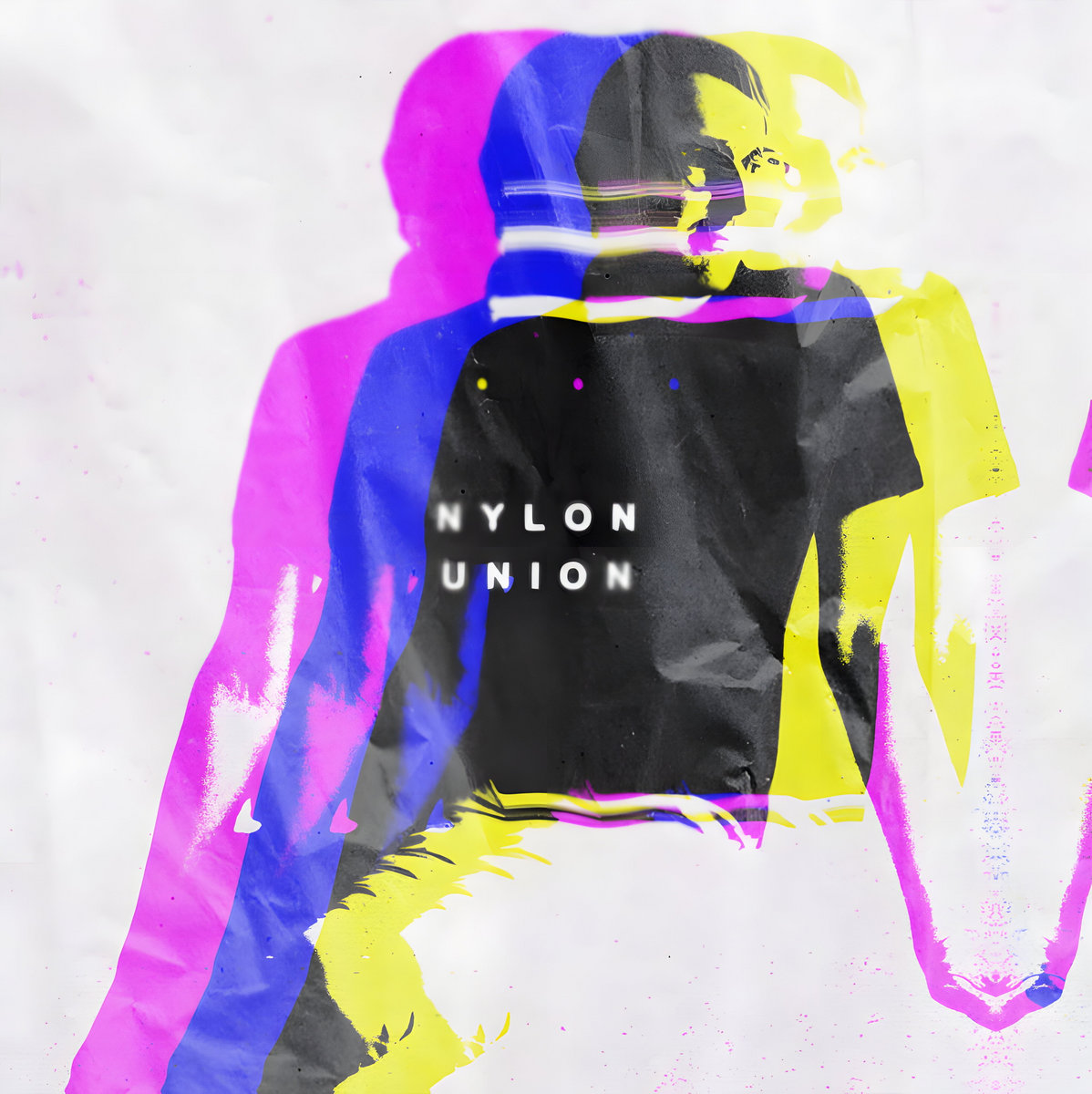
The song had a strong pop feel to it, and I immediately thought to myself: “Maybe I can do the very last pop song, and after this one I am going to do only post-rock experiments.” Then in winter of 2019 Autumnist sent me new backing tracks and asked me if I can write some melody lines or lyrics. I didn’t come up with anything interesting at the time, but a theme was born “what remains of all the words we say” or better “whatever we say, it all disappears” was born. This kicked me on, and I made about seven or eight songs based on that phrase. A few days later I was introduced to a producer Erik Horák at our gig in Bratislava and we discussed recording ‘Meteovision’ in his studio. One month later my gut feeling turned out to be true and Covid paralyzed the world. I approached Eric again in 2021, by which time I had about 15 new songs we wrote together with Peter during the pandemic. We started with ‘Meteovison’ and the original idea of a pop song was pushed ad absurdum with lyrics as banal as the weather report for that day ready. Then Peter added the refrain “save some temperature data for me” and we laughed like crazy.
Working on ‘Everchanging Files’ we joked, if Syd Barrett could sing about collecting old clothes and riding a unicorn in Pink Floyd’s first single ‘Arnold Layne,’ we could sing about love being always different but same at the same time like a folder structure set by your computer’s operating system. At the beginning an album wasn’t in the cards, but as Peter and I worked from one song to another, the album somehow naturally formed itself as a pop thing. Funny enough, the ephemeral nature of pop music itself fits nicely into the “all disappears” concept. Once we had about 15 demo tracks, some of them with finalized vocals, guitar or synth and some of them with a scratch melody line and guiding guitar, it was time to call Erik again. The actual recording started in January 2022 and we worked only on Fridays when I was able to take a day off from work. It was a slow process, but it rapidly turned into a Friday ritual, having a coffee at 10am chatting a bit about music, family et cetera and nailing the recording planned for that day.
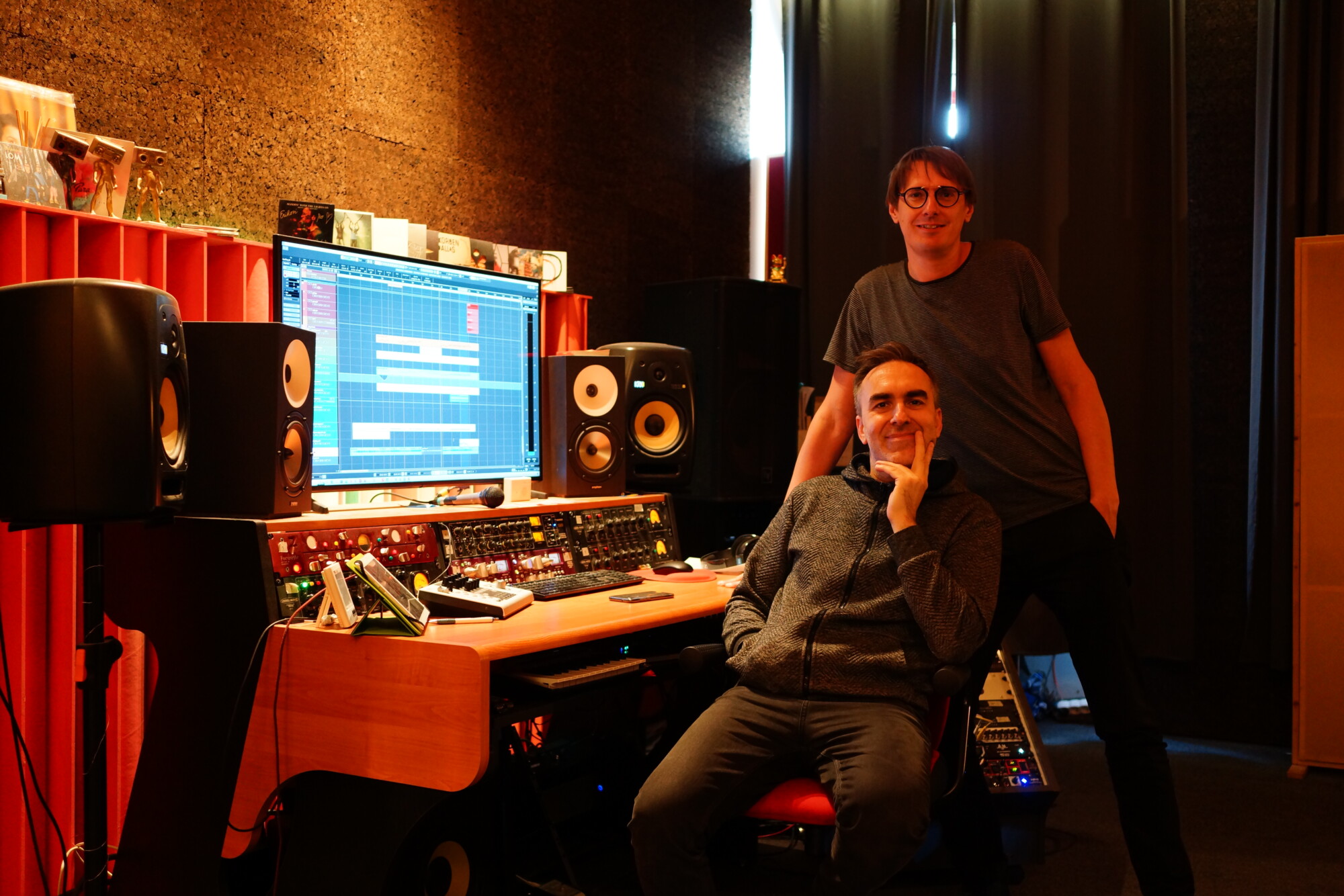
Sometimes when we opened a track after a few months we were amazed at the choices we had made. It was fascinating by how it was all evolving naturally and effortlessly. Actual methods varied among the songs, for example for ‘All Said And Done’ I recorded individual strings on the guitar separately, and told Erik that I didn’t want drums in it. So, he took these separate string tracks, mangled them with various plugins, one of them became a rhythm track, another one bassline, and he gradually built the whole song. He even reused my cell phone-recorded guiding guitar in the intro. It was a very enjoyable process!
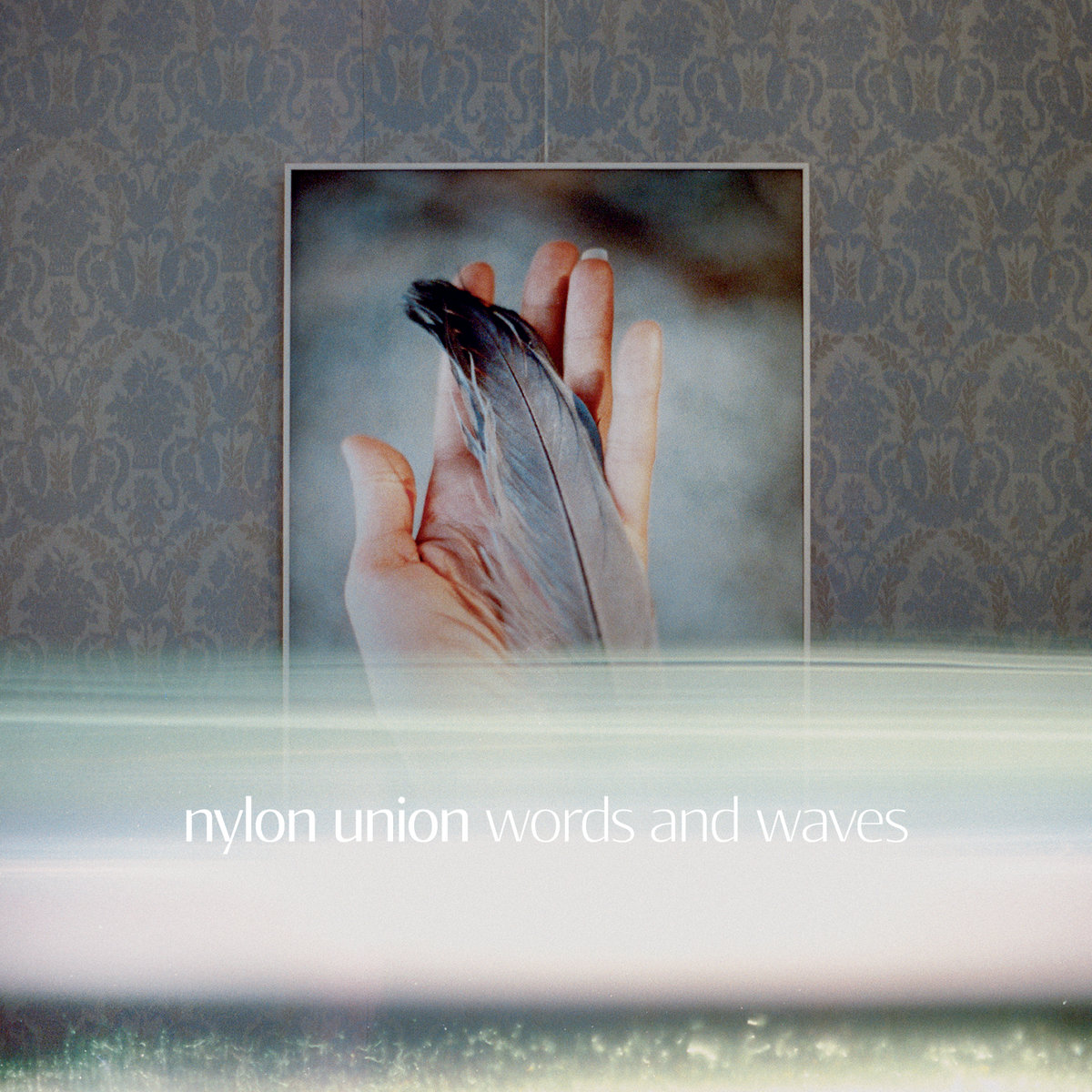
“Eventually all words disappear…”
The lyrics of the last song on the album were generated by AI. Can you tell me more about the process?
Among various ideas fitting to the words-disappearing-in-a-complete-silence leitmotif of the album, there was one about fading memory or perhaps its disintegration like seen in people with Alzheimer’s disease. I approached Zuzana Husárová, experimental poet and literature scholar and asked her if she could come up with some lyrics for my demo, something that would gradually progress from normal speech in the first verse into nonsense in the last one. Zuzana and Lubomir Panak developed a GPT-2 language model trained on the corpus of Slovak literature. They called it Liza Gennart (loosely translated as Generated Art). Zuzana entered the keyword “rotations of silence” which is a title of Peter’s poetry collection, and the algorithm generated the verses. These were then compiled by Zuzana to create the final lyrics. She then double tracked her voice into the backing track running loosely in parallel, one over the other in the song, skating and stuttering to underscore the artificial origins of the lyrics.
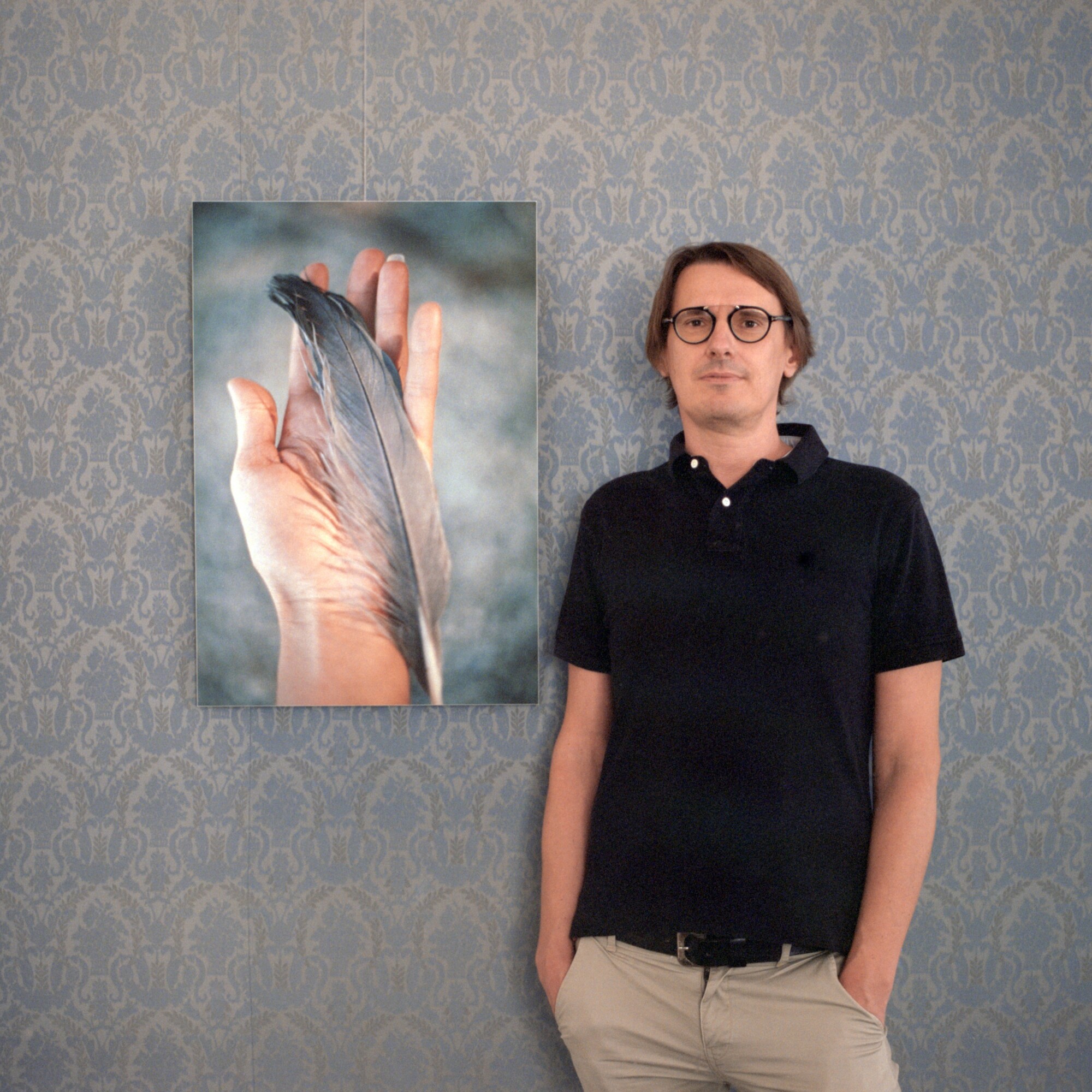
Are any of you involved in any other bands or do you have any active side-projects going on at this point?
Only few days before my departure abroad in 2004 I was asked to record a guitar part on Vlado Ďurajka’s 2004 album Abuse ‘The Great Outdoors’. When I returned to Slovakia Vlado invited me to write vocal lines and lyrics to a few more backing tracks. When his third album ‘The Sound of Unrest’ was released in 2013, these tracks became quite successful in our local alternative scene. Gradually, Vlado became the most important person stimulating me to write “pop song layers” on his tracks. Our collaboration peaked with his ‘False Beacon’ album already as Autumnist with my appearance on the track ‘Feather’ and songwriting on some other tracks including ‘Future Lights’. This song features vocals by then 15 years old Nina Kohoutová, a young talented lady with amazing voice and charisma. Recently, Nina moved to study music production at the BRIT School in London and a few days ago she premiered her new single ‘Little Butterfly’ on BBC Radio 6. For me, the collaboration with Autumnist is really a dream job since I don’t need to deal with all the production work and allows me to focus mainly on songwriting. During live gigs, Autumnist often uses pre-recorded guest vocal parts and video tracks projected on the screen all synchronized to music of the band. So, during their live shows, I can stay at the bar and watch myself playing on the stage.
What are some future plans?
We have booked some fall dates for live shows. Nylon Union’s current live setup consists of two members of a young local band called Krstní otcovia (Godfathers). Ambróz Šulej is on guitar and Matej Melicherčík plays bass guitar. We see how the live show goes with this compact setup. Potentially, we may include a drummer for future live performances. Of course, I always write some new songs for the next Nylon Union and Autumnist albums.
Let’s end this interview with some of your favourite albums. Have you found something new lately you would like to recommend to our readers?
This is the most difficult question here. So many but these are probably those which had the biggest influence on me through the years:
My Bloody Valentine – ‘Loveless’
The Beatles – ‘Revolver’
Steve Reich – ‘Music for 18 Musicians’
Anna Calvi – ‘Anna Calvi’
Jimy Hendrix – ‘Electric Ladyland’
The Stone Roses – ‘The Stone Roses’
Sonic Youth – ‘Bad Moon Rising’
Einsturzende Neubauten – ‘Tabula Rasa’
Suuns – ‘Images Du Futur’
Can – ‘Tago Mago’
Loop – ‘A Gilded Eternity’
Pale Saints – ‘Half-Life’ EP
Television – ‘Marquee Moon’
Dežo Ursíny – ‘Modrý vrch’
Seefeel – ‘More Like Space’ EP
Stereolab – ‘Transient Random Noise Bursts With Announcements’
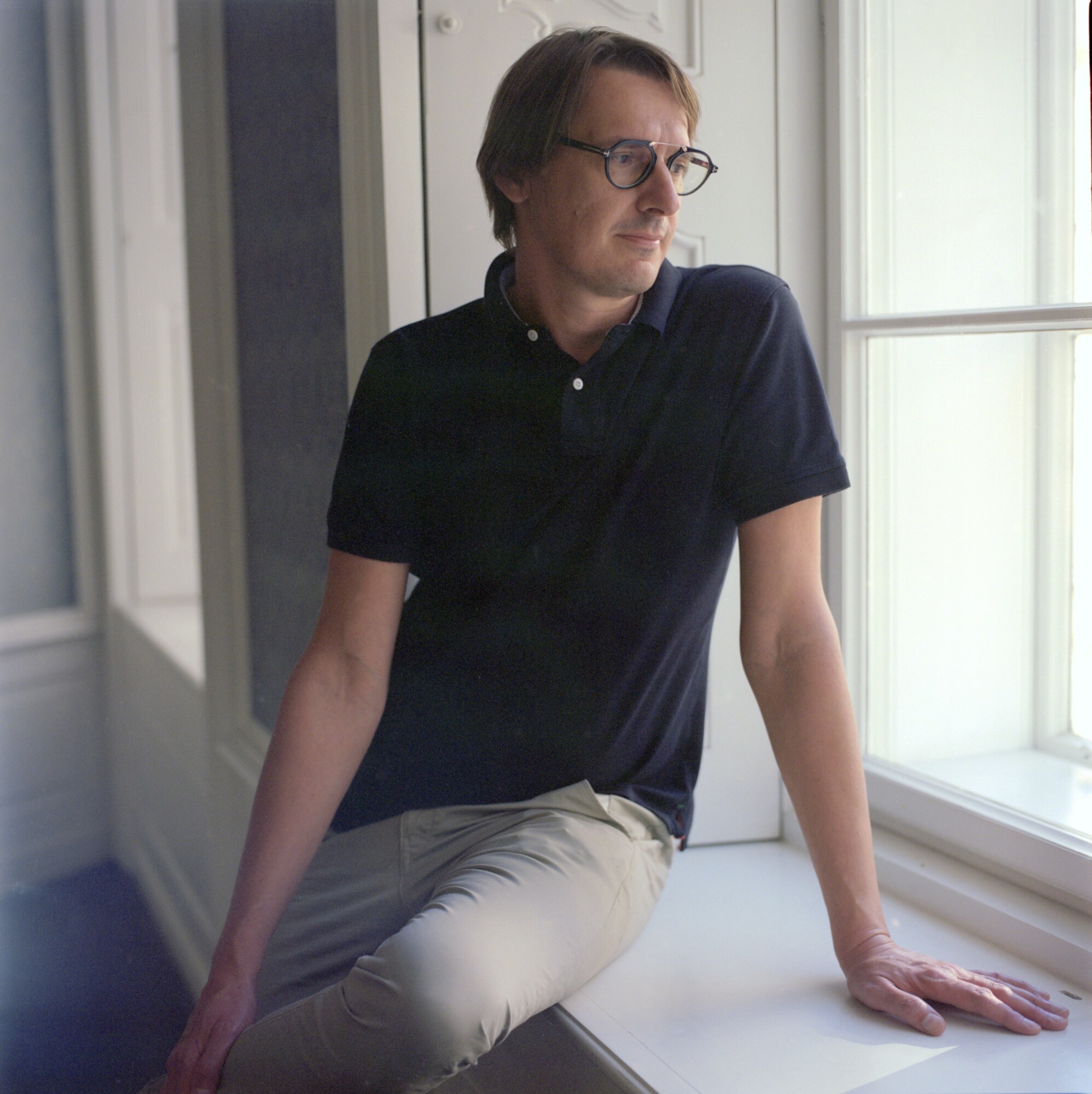
Thank you. Last word is yours.
Eventually all words disappear…
Klemen Breznikar
Nylon Union Facebook / Instagram / Bandcamp / YouTube

